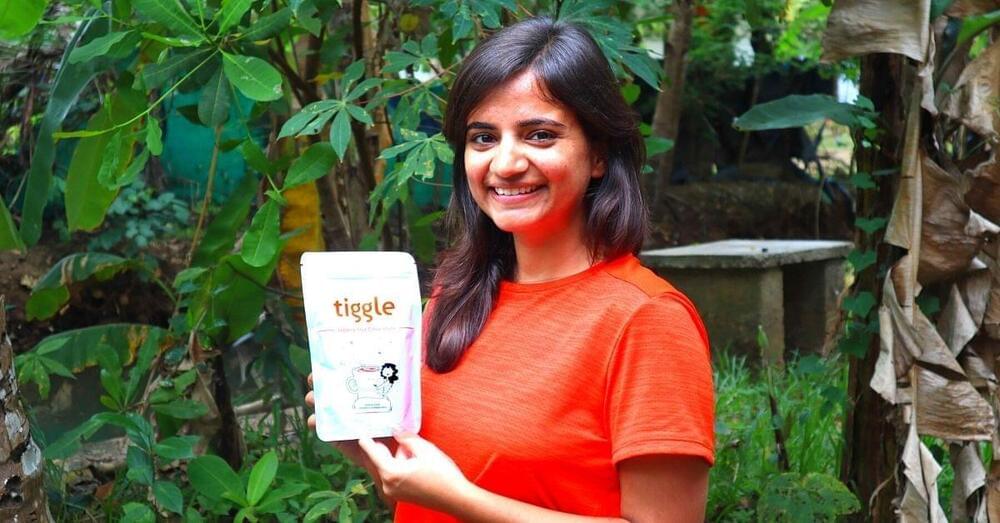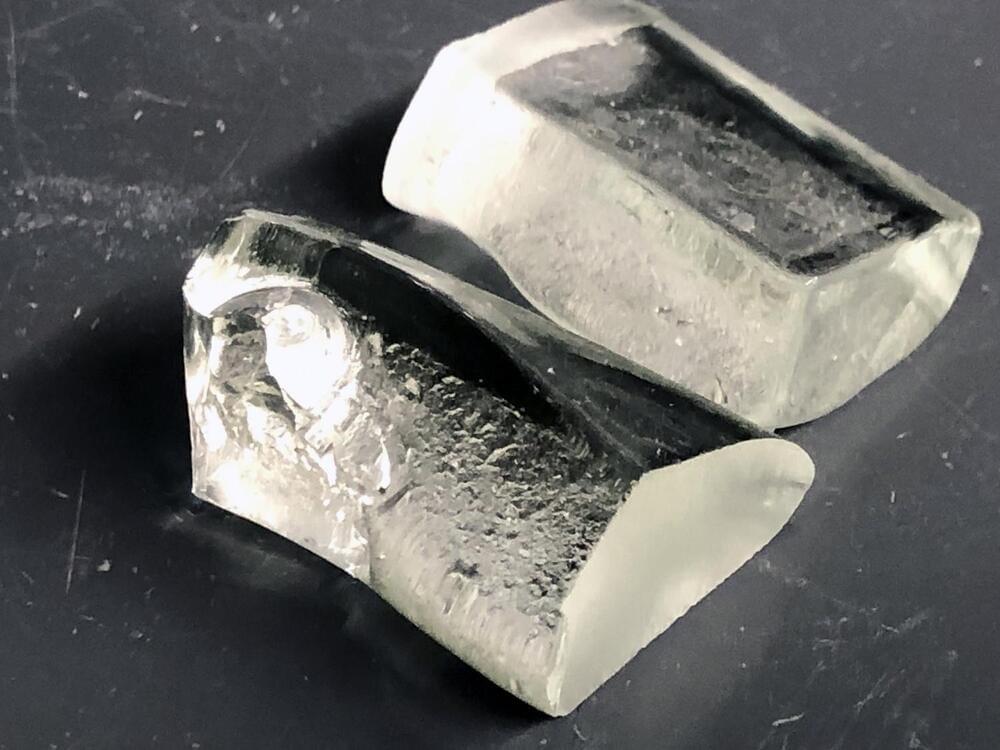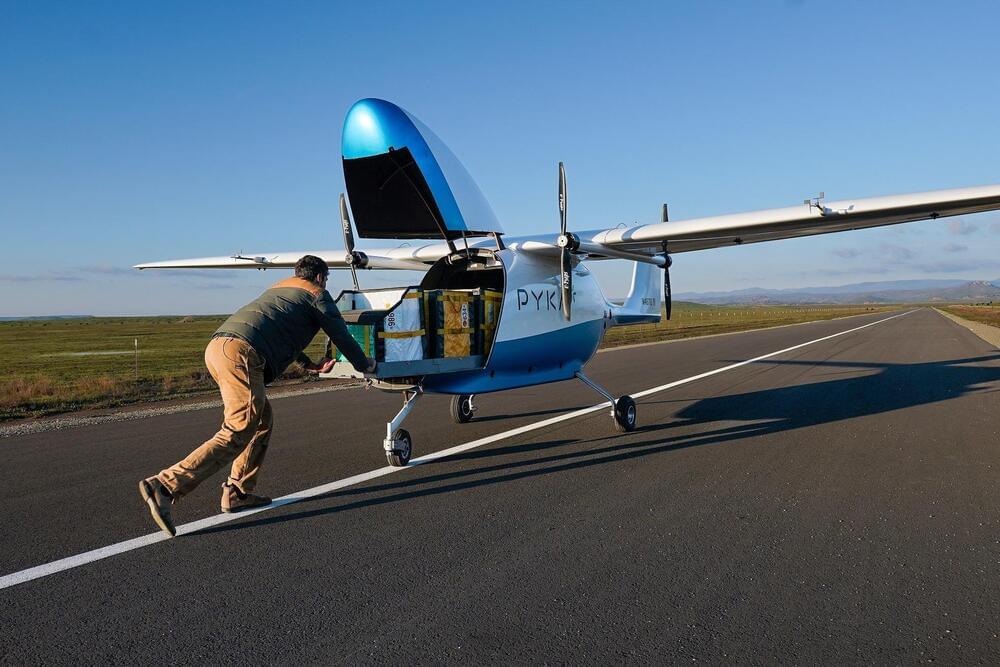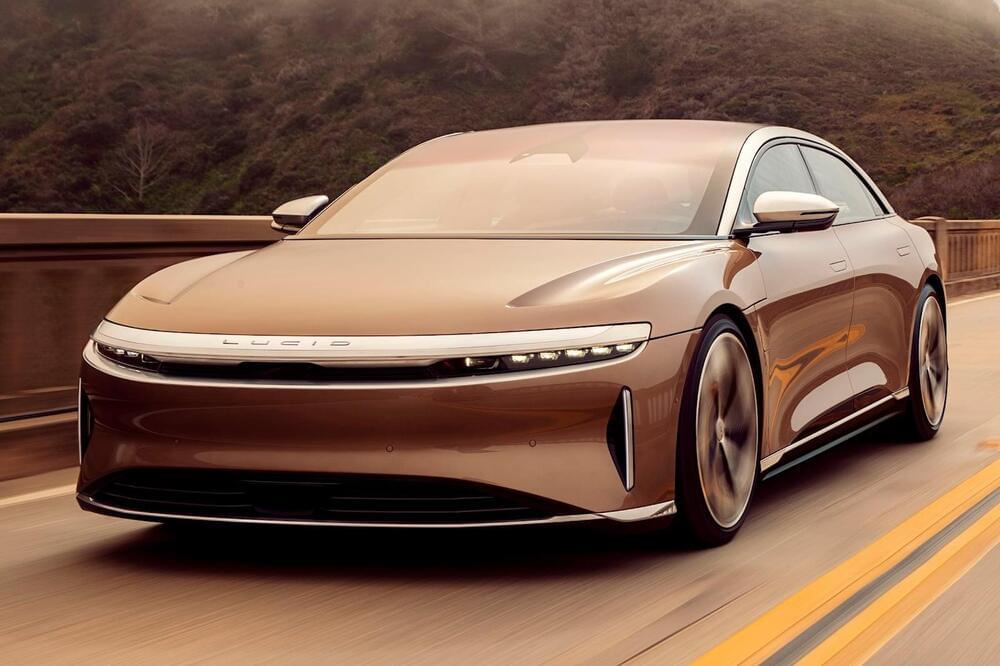We are finally figuring out the subtle ways that farm and zoo animals reveal their emotional states, from anxiety to optimism and even joy. The insights are also revealing some surprising ways we can improve their lives.
By Sam Wong

We are finally figuring out the subtle ways that farm and zoo animals reveal their emotional states, from anxiety to optimism and even joy. The insights are also revealing some surprising ways we can improve their lives.
By Sam Wong

Anuva Kakkar, the 23-year-old entrepreneur behind Tiggle, an Agra-based D2C organic hot chocolate brand, has come a long way in a very short period despite the ongoing COVID-19 pandemic. From selling cups of hot chocolate to commuters outside the DLF Phase-3 metro station in Gurugram to starting her brand of hot chocolate powder and selling over 2 lakh cups through 2021, it has been a mercurial rise.
Made of premium cocoa sourced from a 40-acre family-owned certified organic farm near Pollachi, Tamil Nadu, Tiggle today sells three ‘premium’ varieties of hot chocolate powder — Light Hot Chocolate Mix, Dark Hot Chocolate Mix and Jaggery Hot Chocolate Mix. So, how did this entrepreneur from Agra set up her venture in such a challenging time for commerce?

Worldwide, glass manufacturing produces at least 86 million tons of carbon dioxide every year. A new type of glass promises to cut this carbon footprint in half. The invention, called LionGlass and engineered by researchers at Penn State, requires significantly less energy to produce and is much more damage resistant than standard soda lime silicate glass. The research team recently filed a patent application as a first step toward bringing the product to market.
“Our goal is to make glass manufacturing sustainable for the long term,” said John Mauro, Dorothy Pate Enright Professor of Materials Science and Engineering at Penn State and lead researcher on the project. “LionGlass eliminates the use of carbon-containing batch materials and significantly lowers the melting temperature of glass.”
Soda lime silicate glass, the common glass used in everyday items from windows to glass tableware, is made by melting three primary materials: quartz sand, soda ash and limestone. Soda ash is sodium carbonate and limestone is calcium carbonate, both of which release carbon dioxide (CO2), a heat-trapping greenhouse gas, as they are melted.

The 17 goals were set by the UN in 2015 and over the years, these goals have become unachievable.
The United Nations’ ‘AI for Good’ Summit is underway in Geneva and will showcase specialized robots to help the organization reach its 17 Social Development Goals (SDGs).
The goals were set in 2015, and over the years, these goals have become improbable, owing to the increasing costs of meeting the targets. The United Nations has been fighting issues like hunger, poverty, and climate change, whose prices have risen 25 PERCENT to $176 trillion from 2021 to 2022, reported Reuters.



Lucid Motors is planning new, affordable models with which to take on the Tesla Model 3 and Model Y. The American automaker recently entered an agreement to supply Aston Martin with electric powertrain components, but company CEO Peter Rawlinson is already focused on what comes next. Speaking with Auto Express, Rawlinson shared some interesting tidbits about future models — including rivals to Tesla’s Model 3 and Model Y.
Once the all-new Gravity SUV arrives in the second half of 2025, Lucid intends to hit Tesla where it hurts. “After Gravity, we’re going to do Model 3 and Model Y competitors. We think around $50,000, maybe $48,000 — something like that. It’s too early to say, but that’s the vision.”
This would bring Lucid ownership within reach of customers who can’t afford the $87,500 required to purchase the Air luxury sedan. When questioned about manufacturing right-hand drive vehicles, Rawlinson said Lucid would love to cater to more markets but is currently focused on getting the Air Sapphire to market.

New research by the University of Liverpool could signal a step change in the quest to design the new materials that are needed to meet the challenge of net zero and a sustainable future.
Published in the journal Nature, Liverpool researchers have shown that a mathematical algorithm can guarantee to predict the structure of any material just based on knowledge of the atoms that make it up.
Developed by an interdisciplinary team of researchers from the University of Liverpool’s Departments of Chemistry and Computer Science, the algorithm systematically evaluates entire sets of possible structures at once, rather than considering them one at a time, to accelerate identification of the correct solution.

Tesla delivered upwards of 466,000 vehicles in the second quarter — 20,000 more than Wall Street’s consensus forecast of about 446,000, it revealed on Sunday. Jim Chanos waved away the strong showing on Twitter, saying it was fueled by price cuts and firmly priced into Tesla’s current valuation.
“Again, ‘blown away’ is a 4% beat on deliveries with huge price cuts? The $800B valuation might just be discounting that…$TSLA,” he tweeted about Elon Musk’s electric-vehicle company.
“Is ‘massive’ 4% for a stock at 10x revenues…? Shouldn’t a company trading at that valuation always exceed expectations? $TSLA,” the short seller wrote in a second tweet.
By now, it should not be breaking news that Tesla is boldly entering the trucking industry with the semi-truck. Elon Musk wants to leave no stone unturned in his quest to up-end industries for the better.
He is not just doing that by producing more advanced and efficient vehicles for the future, he’s also doing it with the kind of factories he builds to produce those vehicles. A factory as big as 138 football fields combined. Boardwalk with hike and biking trail.
Ecological paradise with birds in the trees, butterflies, and fish in the stream. The semi-truck is nothing like what the industry has ever seen. And that’s not even the most interesting part. Why? We will fill you in on all the details in just a sec. Let’s get right into it.